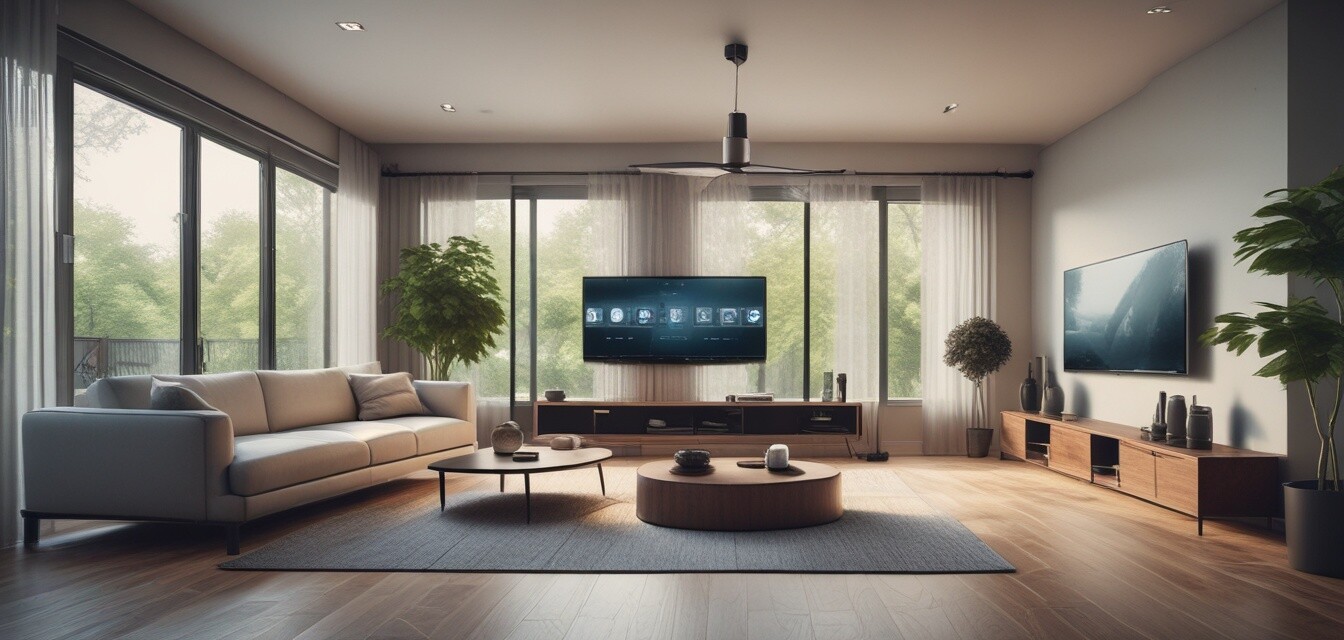
Analyzing the Cost of Smart Home Security
Key Takeaways
- Initial installation costs can vary based on the complexity of the system.
- Monthly monitoring fees can significantly affect your ongoing budget.
- Investing in reliable technology can reduce long-term maintenance costs.
- Budgeting for upgrades and expansions is crucial for future-proofing your system.
- Consider DIY options to save on installation costs.
As homeowners increasingly turn to technology to enhance their security, understanding the costs associated with smart home security systems becomes essential. These systems can offer peace of mind, but they come with various financial considerations, from initial setup fees to ongoing maintenance and monitoring costs. In this article, we'll break down the different expenses associated with smart home security systems and provide tips on how to budget effectively.
Understanding the Initial Costs
The upfront costs of installing a smart home security system can vary significantly depending on several factors. Here’s a breakdown of the typical expenses:
| Component | Estimated Cost Range |
|---|---|
| Smart Cameras | $100 - $500 each |
| Alarm Systems | $250 - $1,000 |
| Motion Sensors | $20 - $80 each |
| Smart Locks | $100 - $300 each |
| Home Automation Devices | $50 - $300 each |
For more insight into the types of home security systems available, visiting our product category can be informative.
Ongoing Costs to Consider
In addition to the initial investment, homeowners should also account for recurring expenses associated with smart home security systems. Here are some common ongoing costs:
| Cost Type | Estimated Cost Range |
|---|---|
| Monthly Monitoring Fees | $10 - $60 |
| Maintenance and Repairs | $50 - $200 annually |
| Software Updates | Free to $50 annually |
Budgeting Tips for Homeowners
Creating a practical budget for your smart home security system can help you avoid overspending. Here are some strategies to consider:
Tips for Effective Budgeting
- Research multiple providers to compare initial and ongoing costs.
- Consider a DIY installation to save on labor fees.
- Establish a monthly budget that accounts for monitoring services.
- Plan for potential upgrades, such as adding more cameras or sensors over time.
- Look for promotions or bundles that can reduce overall costs.
Evaluating the Long-Term Value
Investing in a smart home security system should not only be about the initial costs. Evaluating the long-term value is essential. Systems that offer remote access, smart alerts, and advanced automation can often save you money in the long run due to improved efficiency and reduced risks. Furthermore, the enhanced safety of your home can lead to lower insurance premiums; many insurers offer discounts for homes with security measures in place.
Pros and Cons of Smart Home Security Systems
Pros
- Enhanced security and peace of mind.
- Remote monitoring capabilities.
- Integration with other smart home devices.
- Potential discounts on homeowner’s insurance.
Cons
- Higher upfront costs.
- Ongoing monitoring fees.
- Reliance on internet connectivity.
- Possible maintenance and repair costs.
Future Trends in Smart Home Security Costs
The smart home security landscape is constantly evolving, and several trends are shaping the costs associated with these systems. Here’s what to keep an eye on:
- Increased competition, leading to lower prices and better services.
- Advanced technology integration that allows IoT devices to work more seamlessly.
- Growing consumer awareness, pushing companies to offer more budget-friendly options.
For the latest updates in this industry, check out our news and trends section.
Conclusion
Understanding the costs associated with smart home security systems can empower homeowners to make informed decisions. By considering both initial and ongoing expenses, you can create a budget that ensures safety and security for your home without breaking the bank. Don't forget to plan for future expansions and advancements in technology, as these can significantly enhance your system and keep your home secure for years to come.
